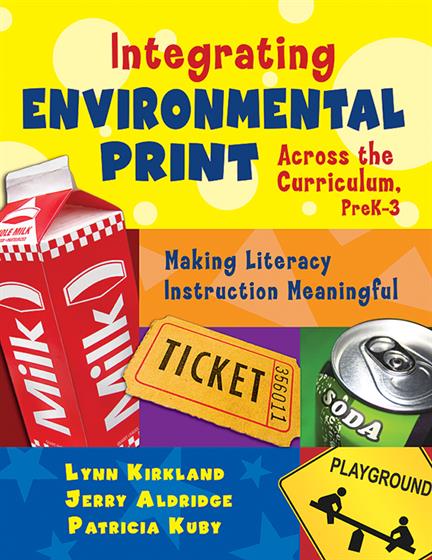
Hands-on, Practical Guidance for Educators
From math,
literacy, equity, multilingual learners, and SEL, to assessment, school counseling,
and education leadership, our books are research-based and authored by experts
on topics most relevant to what educators are facing today.
Integrating Environmental Print Across the Curriculum, PreK-3
From billboards to lunch boxes, environmental print offers a powerful springboard to literacy!
Environmental print (EP) surrounds us in our daily lives and is an effective tool in the development of early literacy skills. This friendly book highlights reading research that supports EP instruction in Grades PreK–3 and provides a wealth of activities for jump-starting the literacy process in all children. Each activity will help you:
- Develop the skills critical for reading success as specified by the National Reading Panel
- Assess children's ability level in performing the activity
- Strengthen concepts with related literature and songs
- Encourage parents to use EP with their children
- Grade Level: PreK-12, Elementary
- ISBN: 9781412937580
- Published By: Corwin
- Year: 2006
- Page Count: 160
- Publication date: December 28, 2006
Price: $32.95
For Instructors
When you select 'request review copy', you will be redirected to Sage Publishing (our parent site) to process your request.




